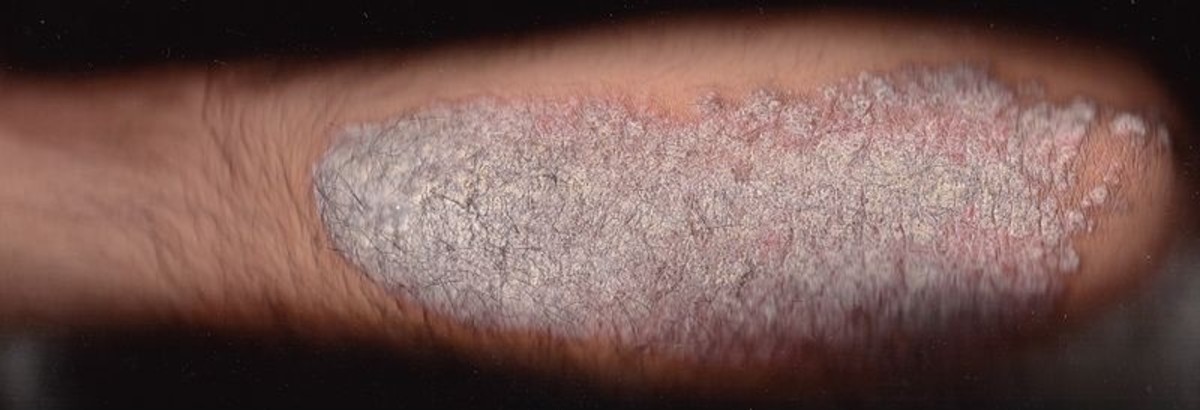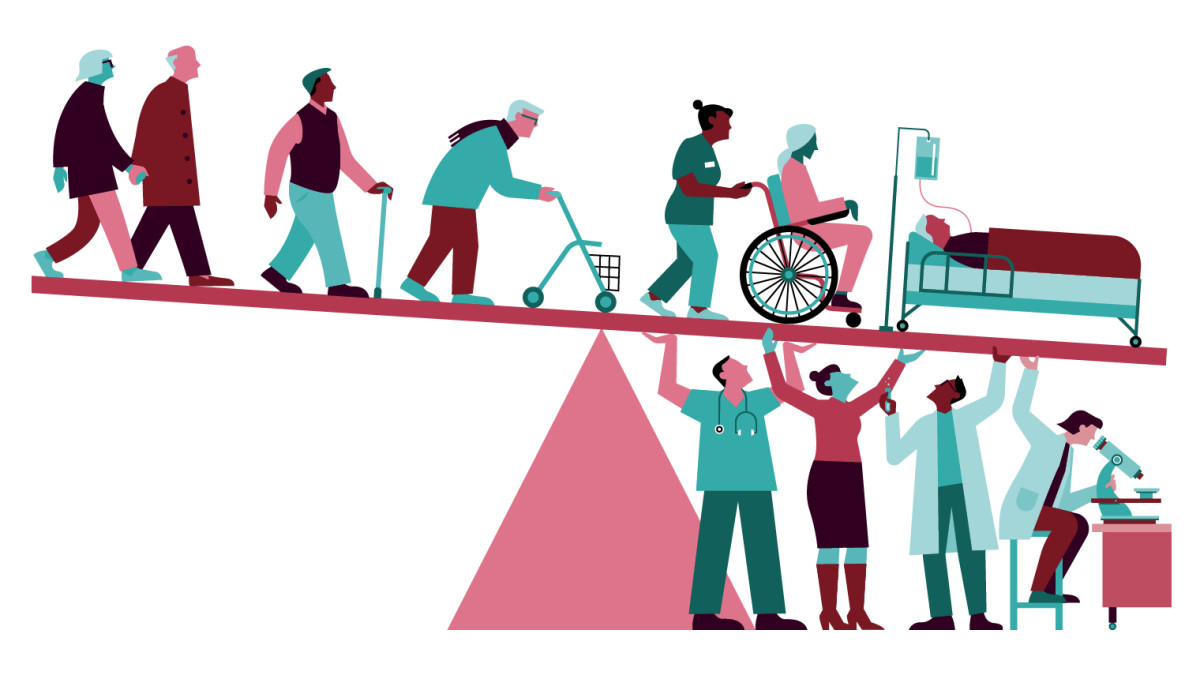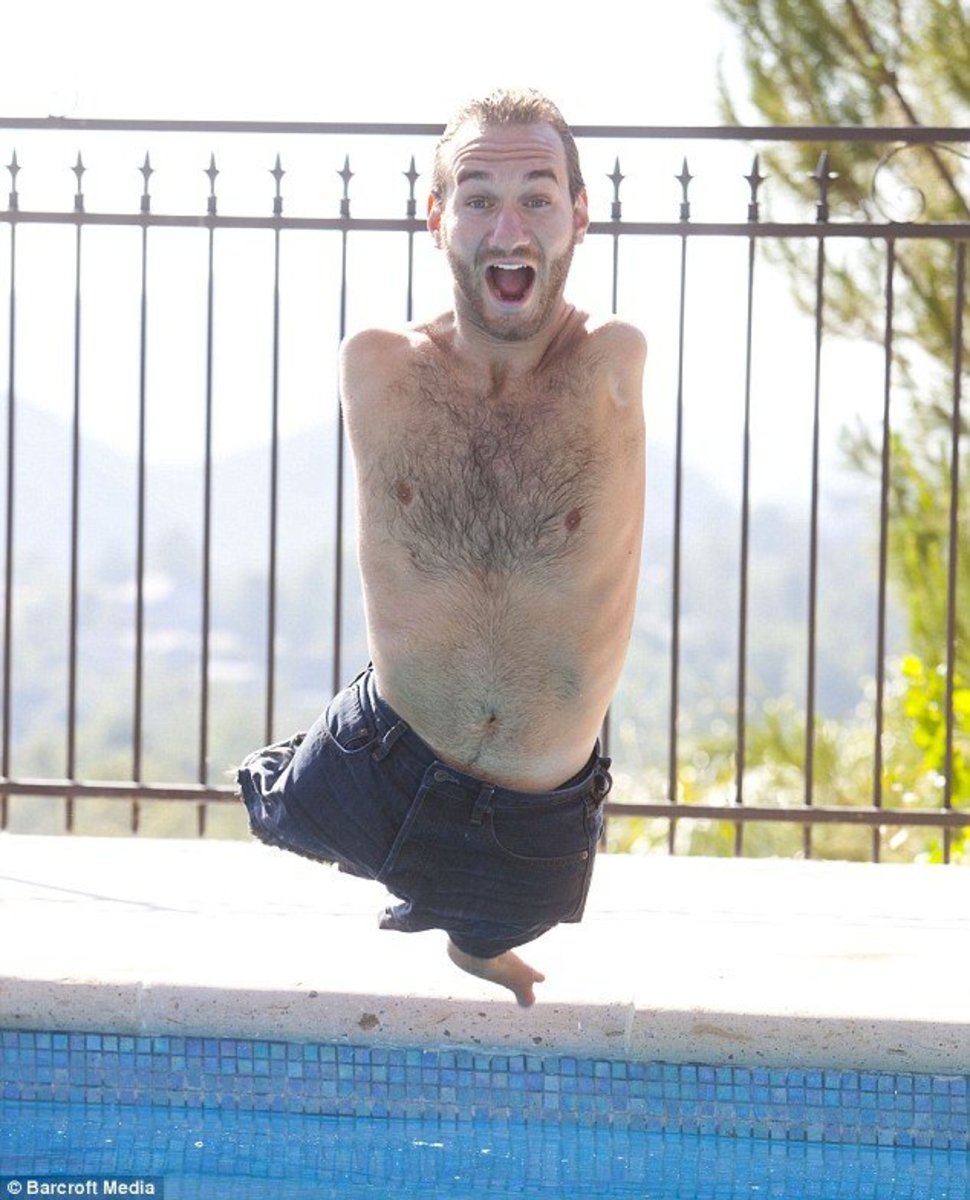Dr. Jack Kevorkian – Angel of Mercy or Devil in Disguise?
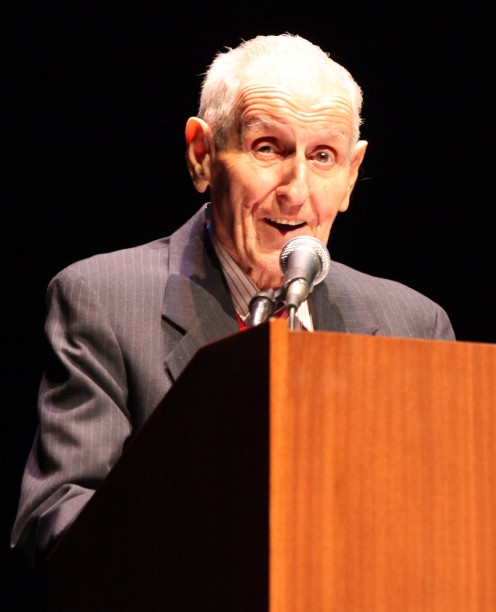
Jack Kevorkian, who died on June 3, 2011, at age 83, stirred impassioned national and international debate with his outspoken, almost belligerent, defense of euthanasia, assisted suicide, for people who were not just terminally ill but suffering. Yet, many believe he was a powerful force for positive social change. And in his hometown of Royal Oak, Michigan, he was reportedly polite, funny, kind and well liked.
The facts of his involvement in end-of-life issues are readily available in news reports and biographies – the claims he assisted in 130 suicides, the charges and trials for murder, the airing of an assisted suicide on the news program “60 Minutes” that finally lead to his conviction for second-degree murder in 1999 and subsequent eight years in prison.
Dr. Kevorkian first made headlines for his right-to-die stand in 1990 when he assisted in the death of Janet Adkins, who had Alzheimer’s disease. When he was finally released from prison in 2007, he never assisted in another suicide, but spoke at gatherings around the country on the issues.
Critics and Supporters
Even setting aside the arguments against Jack Kevorkian based on purely religious beliefs, there still remain many angry, impassioned critics against Dr. Kevorkian, even within communities who support more humane options for the dying such as many medical practitioners and hospice care advocates as well as right-to-die organizations such as the Hemlock Society.
Talk to people who knew him, on the other hand, and you find an affable, creative, intelligent, and rather endearing presence. The librarian at the city library who saw him almost every day says how much she will miss him. He used to ask for references on such a range of topics that she couldn't recall a single one, just her impression of his wide and varied interests. He would spend hours reading, then typing on the computer, often asking for help on how to save documents or other simple computer operations.
It wasn't what he did, it was the way he did it.
For others, there was a disturbing, almost creepy aspect to Dr. Kevorkian’s actions. Take a look at his paintings (Dr. Kevorkian was a painter and jazz musician on the side) and most people notice a kind of spooky, gruesome aspect to his work. That impression gets worse when they learn the theme of some of his paintings – such as a child eating the flesh off a decomposing corpse – and that he even used his own blood in some paintings.
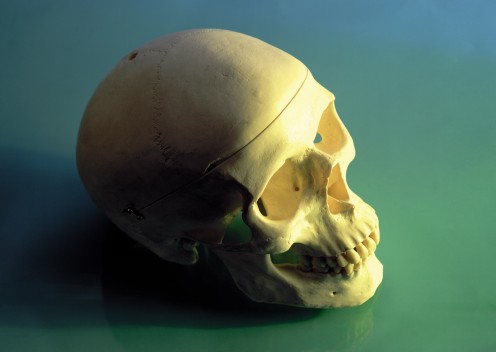
This sensibility also seems to have affected the way he conducted his assisted suicides. The machines he used conjure up images of a Dr. Frankenstein in his laboratory with tubes, wires and attachments. In1989 Dr. Kevorkian built his first apparatus for $30 with scraps from garage sales and junkyards. He called it Thanatron (sounds like a bit of science fiction, doesn’t it?), which is Greek for "death machine." The Thanatron involved the suicide person pushing a button that released drugs or chemicals that would painlessly end his or her life, potassium chloride being the lethal agent.
When Dr. Kevorkian lost his medical license and no longer had access to the drugs he needed, he invented the Mercitron, a canister of carbon monoxide attached to a facemask with a tube and a makeshift handle turned by the suicide person.
The locations of some of the suicides could be unsettling as well, such as seedy motel rooms, trailers, a remote cabin, and the back of Dr. Kevorkian’s rusty Volkswagen Vanagon. Dead bodies were left behind in motel rooms, sometimes two at a time, and in cars parked outside hospital emergency rooms.
In response to criticism, Dr. Kevorkian's attorney, Geoffrey Fieger, who became famous for handling the defense for six murder trials against Dr. Kevorkian and even ran for governor of Michigan, published an essay in which he stated, "I've never met any doctor who lived by such exacting guidelines as Kevorkian.”
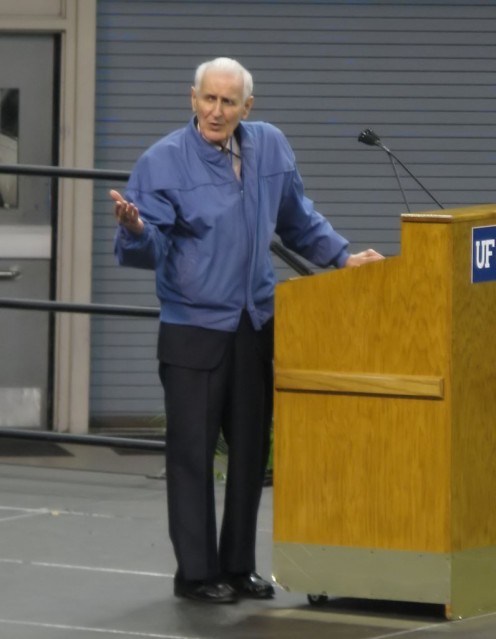
Walk-In "Obitariums"
He reportedly wanted to create walk-in centers where people could die quickly, humanely and safely. Dr. Kevorkian said, “It's a legitimate ethical medical practice as it was in ancient Rome and Greece." Organs would be harvested and made available to the needy. Doctors would be able to perform “medical experiments” during and after the process to aid medical research. Such experiments would be "entirely ethical spin-offs" of suicide, he wrote in his 1991 book "Prescription: Medicide - The Goodness of Planned Death."
"Somebody has to do something for suffering humanity," Dr. Kevorkian once said. "I put myself in my patients' place. This is something I would want."
In some minds, however, he was a bizarre and dangerous man, taunting authorities, dreaming aloud about establishing "obitoriums," and to these critics his ideas meant mass suicide would become public policy with an attendant bureaucracy.
Others say that he had witnessed the suffering of terminally ill patients, and he became convinced that they had a moral right to end their lives when the pain became unbearable, and that doctors should assist in this process.
As the famous broadcast journalist Mike Wallace said, "I am an old man. I'd be the first, if necessary, to go to Kevorkian." Wallace also said that he could imagine using Kevorkian's services if he were suffering from a lengthy and painful disease. "You have the right as a human being to do what you want to do with yourself," said Wallace.
Jack Kevorkian End of Life Care
More from the critics...
Dr. Kevorkian seemed to polarize opinion with fervent passion on both sides. Critics of Dr. Kevorkian claim that many if not most of the people who committed suicide with Dr. Kevorkian's help were not terminally ill. They complained that his counseling was not comprehensive or long enough. Allegedly at least 19 patients died with assistance less than 24 hours after first meeting Dr. Kevorkian.
To be fair, Dr. Kevorkian never said he limited his assistance only to those proven to be terminally ill. He stated he was interested in relieving people’s suffering and allowing them to make the decision about their lives themselves, empowering them to die with dignity by taking control back from the doctors and putting that power in the hands of each individual.
One critic said that given that Dr. Kevorkian was a pathologist, he was unable to conduct a psychiatric exam, and that some of his patients were simply unhappy for reasons other than their medical condition. This included one assisted suicide in which it is discovered that the woman was not really ill, but was probably depressed because her husband recently left her.
At trial it was stated that at least one person who committed suicide was determined to have had no physical sign of disease. It was also claimed that Dr. Kevorkian never referred at least 17 patients to pain specialists when they were complaining about chronic pain, and that he sometimes did not even request a complete medical record for his patients.
On the other hand...
In defense of his methods, Dr. Kevorkian had a way of making even more controversial statements, such as this:
"Well, let's take what people think is a dignified death. Christ - was that a dignified death? Do you think it's dignified to hang from wood with nails through your hands and feet bleeding, hang for three or four days slowly dying, with people jabbing spears into your side, and people jeering you? Do you think that's dignified? Not by a long shot. Had Christ died in my van with people around Him who loved Him, the way it was, it would be far more dignified. In my rusty van." – Dr. Jack Kevorkian
Dr. Kevorkian inspired a wide range of supporters as well. In 2010, HBO produced a movie about Jack Kevorkian that earned an Emmy for actor Al Pacino in the lead role. During his acceptance speech, Mr. Pacino said it was a pleasure to "try to portray someone as brilliant and interesting and unique" as Dr. Kevorkian.
Susan Wolf, professor of law and medicine at University of Minnesota Law School, said, "It sometimes takes a very outrageous individual to put an issue on the public agenda.” She said the debate he engendered "in a way cleared public space for more reasonable voices to come in."
Attorney Fieger said, "Through his courage and determination he shined a light on a right that I believe, he believed, and I think most of us believe that we hold innately, that tens and thousands of people now are no longer abandoned to suffer until dead because of his convictions and his courage. I personally will miss him."
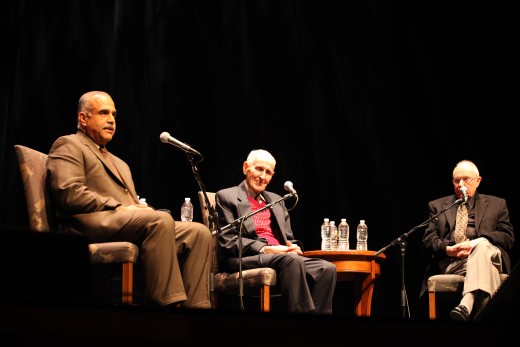
"He was such a great guy."
Others who knew him confirmed this personal sentiment. Clawson, Michigan, resident Kimberly Middlewood said after hearing the news of Dr. Kevorkian's death. "I hope he is remembered as a selfless hero who served eight years in prison as the result of ending suffering."
One shopkeeper who knew Dr Kevorkian said, “He was such a great guy, very unimposing, he was always nice to me, never had a bad word to say about anyone, never tried to push his political ideas on me.” His waitress said he was “such a sweet gentleman; he laughed, he was funny to be around. I was very sad to hear about his death.”
So, was this well-liked, kind old man, Dr. Kevorkian, just being deliberately outrageous? Perhaps so. Dr. Kevorkian himself speaking on the CBS broadcast, "60 Minutes" said, "the issue's got to be raised to the level where it is finally decided."
Social Change
Though many deplore Dr. Kevorkian's methods, he has increased public awareness of some very difficult ethical issues about death and dying. Medical technology has prolonged life and created more situations of extended life being accompanied by great pain and suffering. Dr. Kevorkian's efforts to assist people in their death, though perhaps not meeting professional standards of diagnosis and care, have sparked a needed discussion on these issues.
No question he was a gadfly for social change. It's surely true that Dr. Kevorkian forced Americans to confront the issue of whether people had the right to have a medical professional help them safely and painlessly end their lives. Even though few states have approved physician-assisted suicide, laws were put in place in Oregon in 1997 and Washington State in 2009, and a 2009 Montana Supreme Court ruling effectively legalized the practice in that state.
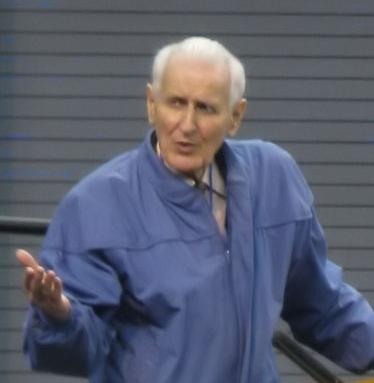
What do you think?
It could be argued that Dr. Kevorkian's efforts contributed to the deeper acceptance and growing popularly of the hospice movement that was just beginning to be a real force in the United States in the 1980s. The hospice movement of compassion and foresight to adopt innovative palliative and end-of-life practices would transform the experience of growing old and dying. Huge improvements have come about in vastly improved end-of-life care, including hospice and better pain management.







